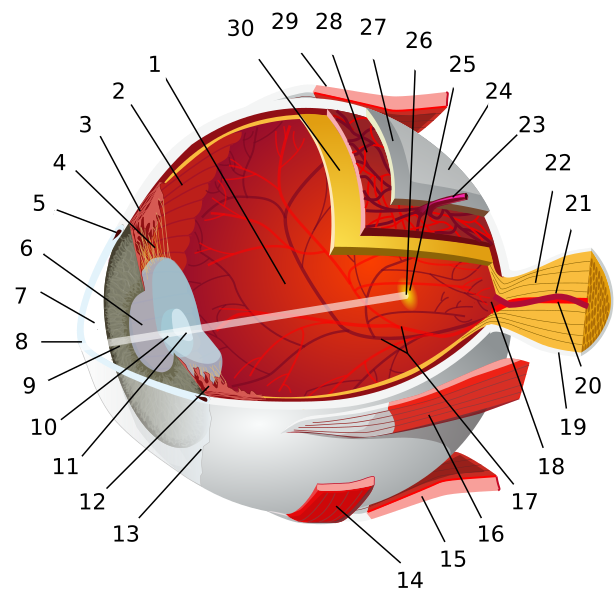Pediatric urology addresses diseases of the male and female urinary tract and the male reproductive organs in children. Pediatric urologists treat complications of the kidneys, adrenal glands, ureters, urinary bladder, urethra, testes, epididymis, vas deferens, seminal vesicles, prostate, and penis.
What is it?
Pediatric urology involves the treatment of infants and children with genitourinary complications. Pediatric urology is very different than the treatment of adults and requires urologists to address a wide range of issues including structural deformities and physiologic irregularities of the child’s urinary system.
What are the subspecialties?
Pediatric urology is a branch of urology that concerns genitourinary conditions in infants, children and adolescents. There are no formal subspecialties of pediatric urology, although pediatric urologists work with a diverse team of healthcare professionals to address varying structural deformities and metabolic cases.
What are the commonly associated medical diseases or symptoms?
In pediatric urology, complications include, but are not limited to hypospadias, urogenital sinus malformation, congenital urethra anomalies, cloacal exstrophy, undescended testis, hydronephrosis kidney stones and kidney ureter obstruction. Symptoms of genitourinary complications vary among individuals but generally include pain during the passage of urine, incontinence of urine, blood in urine, bed wetting, abdominal pain, testicular pain and testicular swelling.
What are the commonly associated medical procedures?
Common medical procedures include robotic and laparoscopic surgeries, circumcision and revision, bladder augmentation and ureteral surgery. Robotic and laparoscopic surgeries are implemented to correct internal structural deformities and circumcision/revision is an external procedure used to make structural modifications to the penis. Bladder augmentation and ureteral surgery are used to correct obstructions in the urinary tract.
Are there any preventative measures I can take?
There are many genitourinary conditions that are beyond the control of a child. However, there are several helpful healthy habits such as drinking proper fluids, eating more calcium-containing foods and reducing sodium intake that have beneficial impacts on a child’s metabolic activity.
What are the common misconceptions about this specialty?
One common misconception is that a child has full control over his or her bed-wetting. This phenomenon is known as urinary incontinence which is an inability to control the timeliness of urination. This is a real, often distressing condition that pediatric urologists can work through with families by developing a treatment plan.
Disclaimer:
All GlobeHealer Site content, including graphics, images, logos, and text, among other materials on the site are for educational purposes only. This content is not intended to be a substitute for professional medical advice, and you should always contact your physician or qualified health provider for information regarding your health. Information on this site regarding the overview, diagnosis, and treatment of any kind should be looked at, in addition to the advice and information of your health care professional. Do not disregard medical advice or delay seeking treatment or medical advice due to information found on the GlobeHealer site.
If there is even the possibility that you may have a medical emergency, seek treatment, call your doctor, or call your local emergency telephone number immediately. GlobeHealer does not endorse being the first line of communication in case of emergency and does not endorse any specific test, physician, facility, product, procedure, opinion, or other information that is or may be mentioned on this site or affiliated entities. Reliance of any and all information provided by GlobeHealer, its employees, affiliations, others appearing on the Site under the invitation of GlobeHealer, or visitors of the site is solely at your own risk and is not the responsibility of GlobeHealer.
Image Source https://commons.wikimedia.org/wiki/File:Urinary_System_Large_Unlabeled.jpg



